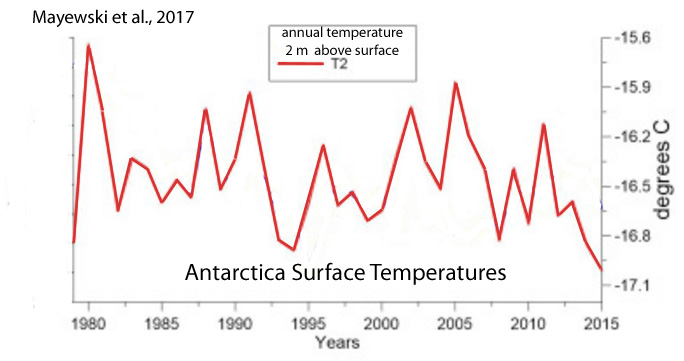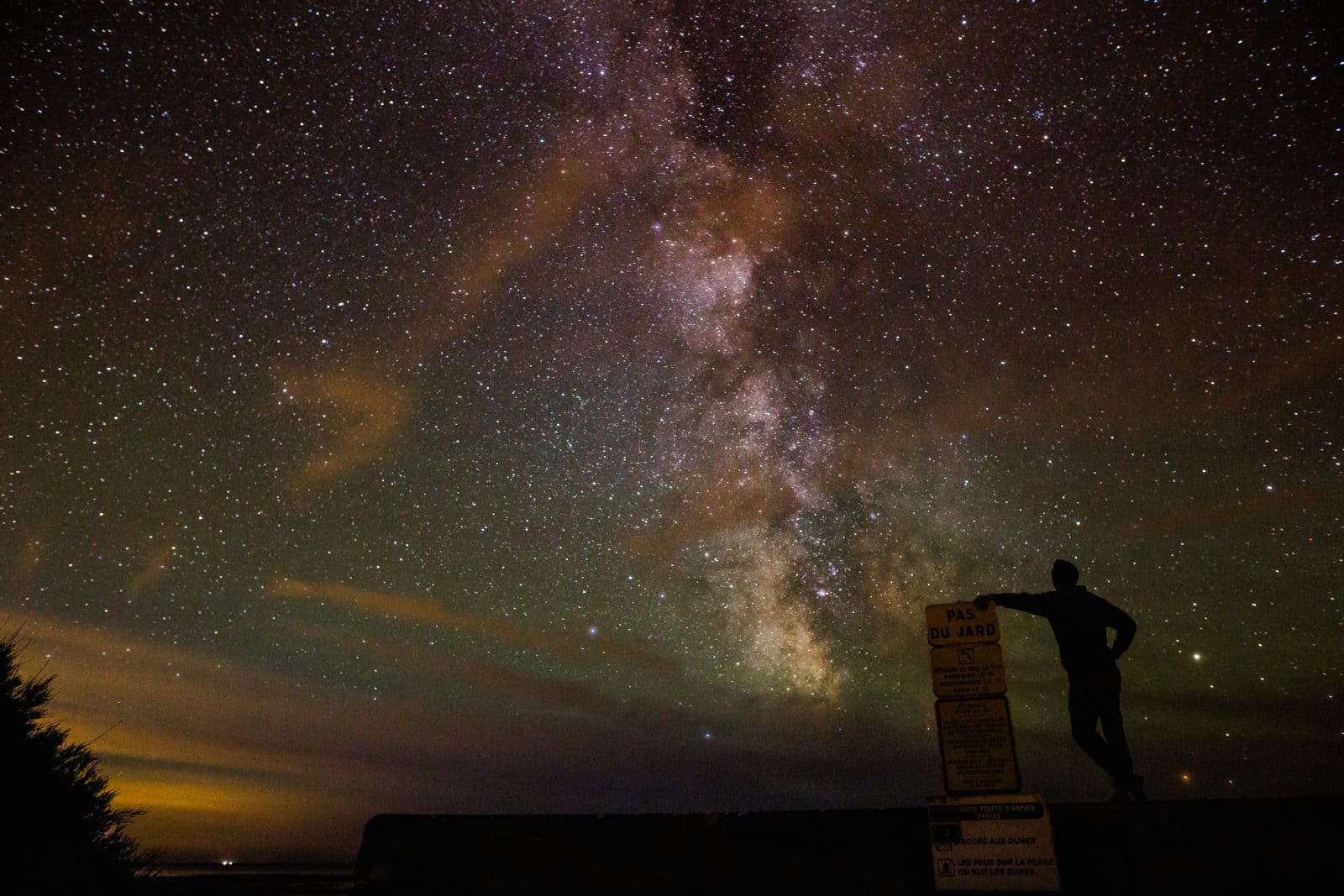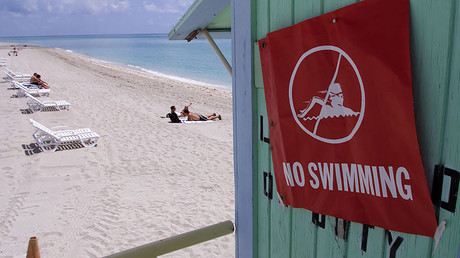
Source: GizaDeathStar.com
Dr. Joseph P. Farrell Ph.D.
March 26, 2017
When I read this article shared by Ms. S.H., I honestly thought we had reached a new low for the utter shamelessness, and utter disregard, for the idea of individual freedom and property rights that usually wafts – malodorously – from the corridors of power, for this one is a stunner:
Connecticut Kennedy Thinks State Should Own Your Organs
http://www.lifezette.com/polizette/connecticut-kennedy-thinks-state-should-own-your-organs/embed/#?secret=tyzz1m2pdZ
Of course, to make all of this sound acceptable and “compassionate” (favorite terms to bandy around whenever they want to take your property, or make another anti-freedom, anti-human grab for your life or those of your loved ones), this is only being done or advocated for those who have died:
Connecticut State Sen. Ted Kennedy Jr. (D-Branford) — son of former U.S. Sen. Ted Kennedy (D-Mass.) — wants to give state government control over what happens to citizens’ organs after they die.
Kennedy recently introduced SB 750, which would automatically enroll Connecticut’s citizens in the organ donation program.
Organ donation has been traditionally something that one opts into, but under the Kennedy bill, one would have to opt out of the program:
As is the case in most states, citizens currently must choose to opt into the organ donor program. Were SB 750 to pass, however, the state would automatically assume a citizen’s consent and could harvest his organs after death, unless he went through the proactive process of opting out of the program beforehand.
The comes the oddest statement of all, this time from a Connecticut state Republican Senator (aren’t Republicans an extinct species in the northeast? anyway…)
“It’s a bill that would seem to indicate that the state owns your body unless you say otherwise,” said state Sen. Joe Markley (R-Southington).
Now, as you can imagine, all this has my high octane speculation working in overdrive. Consider just that last statement: “It’s a bill that would seem to indicate that the state owns your body unless you say otherwise.” How convenient: you get to identify yourself as someone opposed to the state parceling you out after your death. Much of the opposition to transplants comes from religious people whose religions view the body as a temple of God, not to be parceled out or desecrated: Judaism, Islam, Christianity all have views of this nature. So for these people, this bill would have you identify yourself as having scruples against what the state dictates about your own body. Now, I can think of all sorts of reasons that this “opt-out” idea is bad to begin with, not to mention the bill itself. But after all, it’s coming from the “powers that be”, so we shouldn’t be too surprised that they want to seize not only our wealth, but our organs. After all, our organs are wealth. Now this seems to me to resemble another little socialist scheme from the past; it sounds vaguely like the way the Nazis viewed the piles of corpses in their concentration camps: as sources of wealth to be harvested: silver and gold in the teeth, hair for wigs and pillows, skin for lampshades, a little body fat for soap… one could make a pile of money. Too bad they didn’t think of organ harvesting… Nothing of the body is sacred, everything is to be harvested in the perfect, scientifically run technocracy, and for those who can afford it: buy a heart – or several – and circumvent the transplant regulations if you’re super superwealthy… (hmm… that reminds me of someone recently in the news, but I can’t place the name…). It’s Soylent Green, Auschwitz Tea, Belsen Burgers, blended with the very best nutrients…
Now as if this isn’t ghoulish enough, my bigger concern here is that this occurs at a time when sex trafficking, human slavery, and pedophilia rings are in the news. I put nothing past these ghouls: if they’re willing to confiscate your body’s organs after your death, and have you self-identify if you’re opposed to the whole notion (only a kooky socialist technocrat could dream this up), then what’s to prevent them from “helping you along”? You check into a hospital for a little minor surgery, and “they” determine you’re “no longer viable” (though you might still be able to live a few more years), and they need your Fill in the Organ Here for a transplant there; the hospital also needs the money the “procedure” would generate, or Mr. Fill in the Name of the Filthy Rich Billionaire Here needs a Fill in the Organ Here and your Fill in the Organ Here just happens to be a “perfect fit” and Mr. Fill in the Name of the Filthy Rich Billionaire Here is so much more important than you are, so… off you go. With a little thought, and careful management and planning, one could set up an organ harvesting business that would be quite profitable, and if Mrs. So-and-so checked the “opt out” box on her online registration form, that, too, can be secretly changed if we need Mrs. So-and-so’s Fill in the Organ Here. In other words, all this would be like the old Michael Douglas-Genevieve Bujold film, Coma, where they do precisely that: induce comas in patients and harvest their organs and falsify medical records(oh the wonders of computerization!).
These are the same people, let us remember, that want to tax the very air you breathe, and like I’ve often said, a vote for them is like a vote for Nazis, for they have no conception of the sanctity of life whatsoever. Oh they will howl and protest that it could never lead there, and that’s not what they intend, but mark my words, that is precisely where this is headed. In my high octane speculation of the day, I suspect strongly that it’s merely a way of beginning the process of legalizing what they are probably already doing.
See you on the flip side…
Read More At: GizaDeathStar.com
________________________________________________
About Joseph P. Farrell
Joseph P. Farrell has a doctorate in patristics from the University of Oxford, and pursues research in physics, alternative history and science, and “strange stuff”. His book The Giza DeathStar, for which the Giza Community is named, was published in the spring of 2002, and was his first venture into “alternative history and science”.
 Source: Notrickszone.com
Source: Notrickszone.com



























































































